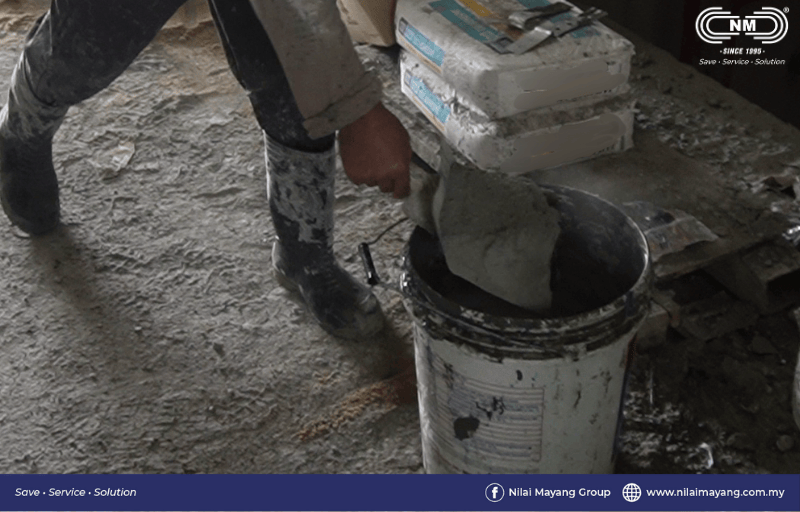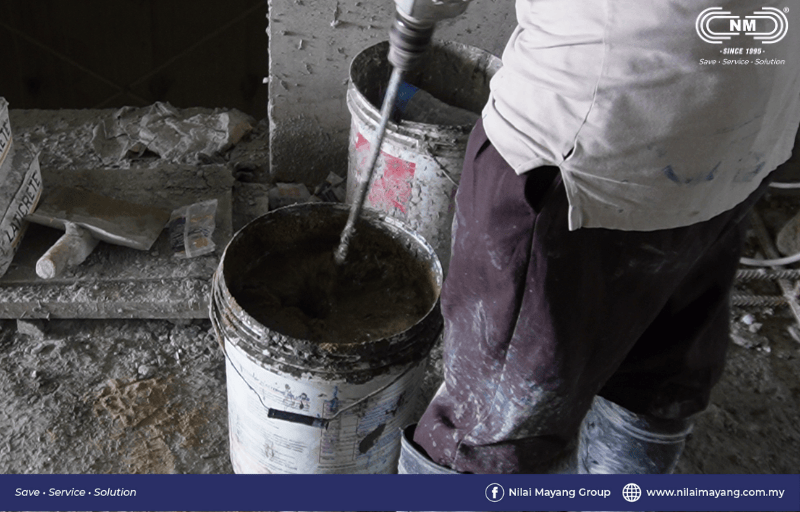


Cement is the foundation of most construction work—from masonry and plastering to flooring and structural elements. While standard cement mixes have been reliable for decades, today’s projects demand better performance, efficiency, and long-term durability. That’s where the cement enhancer comes in. These innovative additives are designed to boost the quality of cement mixtures, making them easier to use and more effective overall.
Here’s a closer look at how cement enhancers improve strength, workability, and finish—three crucial factors in any successful building project.

One of the most valuable benefits of cement enhancers is their ability to significantly improve the strength and durability of the final mix. These additives help create a denser bond between the particles in cement, leading to a more cohesive and solid structure once cured.
This results in better resistance to cracking and shrinkage, improved load-bearing capacity, and longer-lasting surfaces and structures.
For high traffic areas, exterior applications, or projects exposed to the elements, add strength means fewer repairs and greater long-term reliability.

Workability refers to how easily cement can be mixed, spread, and shaped—and it’s essential for efficiency on the job site. Cement enhancers help modify the mix so it becomes smoother, more flexible, and easier to apply, even under unfavourable conditions like hot weather or large surface areas.
With these added benefits, contractors and labourers would be subjected to less physical strain during application, faster completion times, and more precise control when applying plaster or screed.
This not only speeds up the workflow but also reduces mistakes caused by fatigue or inconsistent mixing.

A high-quality finish isn’t just about appearance—it’s also about functionality. Cement enhancers help produce a more uniform and smoother surface by improving the mix’s consistency and reducing air pockets or segregation.
This leads to a cleaner, more professional-looking results. Aside from that, it also provides better adhesion for paints, tiles, or coatings. Lastly, with cement enhancers, the surface will have less imperfections such as crack, lines, or weak spots.
A smoother surface saves time in later finishing stages and contributes to a higher-value end product.
Cement enhancers may seem like a small addition to your construction process, but their impact is significant. By increasing strength, enhancing workability, and improving surface finish, these additives help contractors deliver better results in less time—while also saving on labor and material costs.
Whether you’re a builder, plasterer, or project manager, using cement enhancers is a smart step toward more efficient, durable, and high-quality construction.
Contact
© 2021 Nilai Mayang | Web Design by Webmore
All Rights Reserved By Nilai Mayang Engineering Sdn Bhd (Registration Number: 199601012529)
WhatsApp us